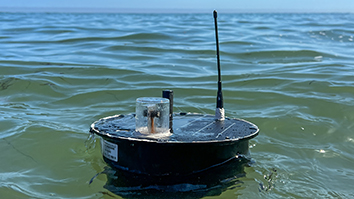Citation
White, J. D., Copeland, R. A., & Marschall, J. (2015). Singlet molecular oxygen formation by O-atom recombination on fused-quartz surfaces. Journal of Thermophysics and Heat Transfer, 29(1), 24-36.
Abstract
Experimental results demonstrate O2(aΔ1g) (υ=0) formation by catalytic O-atom surface recombination in a room-temperature fused-quartz flow-tube reactor. Resonance-enhanced multiphoton ionization is used to detect O2(aΔ1g) (υ=0) downstream of a nitrogen discharge flow titrated with nitric oxide to introduce oxygen atoms. A calibration procedure based on ozone photodissociation is developed to quantify O2(aΔ1g) (υ=0) resonance-enhanced multiphoton ionization signals. Partial pressures of O2(aΔ1g) (υ=0) in the range of 2.9 to 14μtorr are measured in the ionization cell for O-atom partial pressures of 1.4–2.9 mtorr atomic oxygen introduced at the titration port. O2(aΔ1g) (υ=1) could not be detected; an upper limit for the O2(aΔ1g) (υ=1) partial pressure is one-fifth of the O2(aΔ1g) (υ=0) partial pressure. A simple chemical kinetics model demonstrates that measured O2(aΔ1g) pressures cannot be explained by gas-phase chemistry alone and must involve O atoms participating in surface reactions. It is found that collisional deactivation of O2(aΔ1g) on the tube walls must be included to satisfactorily model the experimentally observed pressures and trends. Modeling results also suggest that the O2(aΔ1g) surface production yield is 10% or more.


